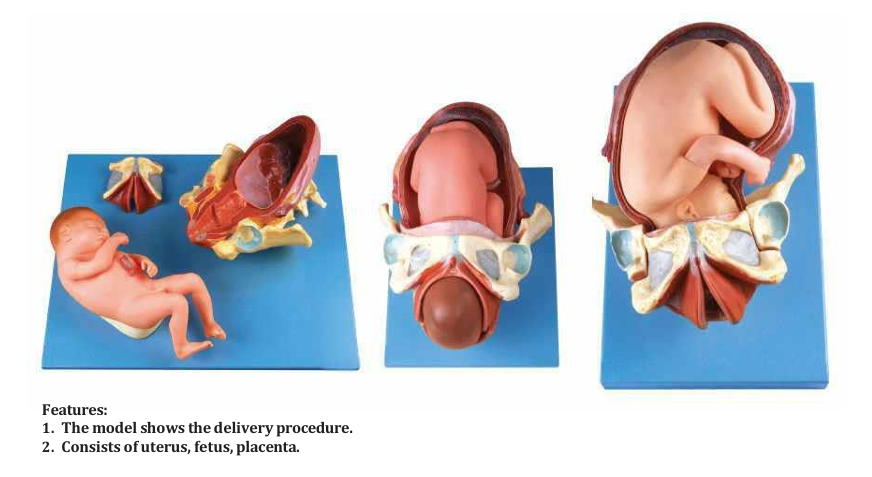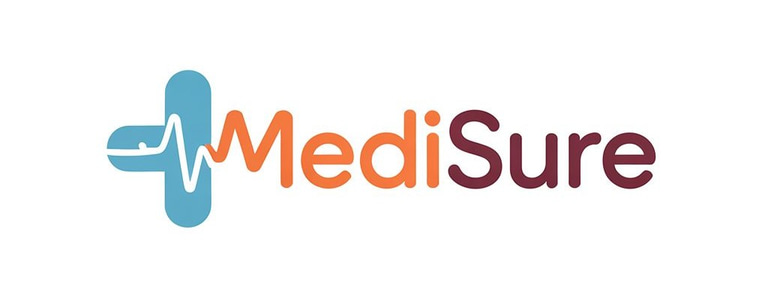رَبِّ زِدْنِي عِلْماً

DEMONSTRATION MODEL OF CHILDBIRTH
Embryology
₹82.00₹22.00
Childbirth is a significant and profound event in the human experience, often surrounded by mystique and emotion. This demonstration model of childbirth aims to educate and provide a clear understanding of the various stages involved in the birthing process. ### Overview of Childbirth Childbirth, also known as labor and delivery, consists of three main stages: the latent phase, the active phase, and the placental phase. Each of these stages plays an essential role in bringing a new life into the world. ### Stage 1: The Latent Phase The first stage of labor begins with the onset of contractions. These contractions help to thin and dilate the cervix, preparing the birth canal for the baby’s passage. The latent phase is characterized by: - **Initial Contractions:** Often mild and irregular, these contractions may last 30 to 45 seconds and are spaced several minutes apart. - **Cervical Changes:** During this phase, the cervix may dilate up to 3-4 centimeters. - **Duration:** This stage can last for hours or even days, especially for first-time mothers. - **Emotional State:** Expectant mothers may experience a mix of excitement and anxiety. This phase is typically spent at home, where the mother can relax and engage in calming activities. ### Stage 2: The Active Phase As labor progresses into the active phase, the contractions become more intense and frequent. Characteristics of this stage include: - **Stronger Contractions:** Contractions occur every 3 to 5 minutes, often lasting 45 to 60 seconds. These are usually more painful and signal that delivery is imminent. - **Cervical Dilation:** The cervix dilates from 4 to 10 centimeters, which is the full dilation necessary for the baby to move through the birth canal. - **Medical Assistance:** Many expectant mothers choose to go to a healthcare facility during this phase, where they can receive support and pain relief options. - **Delivery Positioning:** The mother may choose from various positions—lying down, sitting, or squatting—that feel most comfortable for her during contractions. - **Birth of the Baby:** Once the cervix is fully dilated, the mother will begin to push with contractions, aiding the baby in descending through the birth canal. The baby's head appears first, often with the crowning of the head becoming the most anticipated moment of the delivery. ### Stage 3: The Placental Phase Once the baby is born, the third stage of labor follows, which involves the delivery of the placenta. This stage is crucial for several reasons: - **Separation of the Placenta:** The placenta detaches from the uterine wall, and further mild contractions help expel it. - **Duration:** This stage generally lasts anywhere from a few minutes to half an hour. - **Sealing the Wound:** After the placenta is delivered, the healthcare provider will check for any retained tissue and may perform procedures to ensure that the uterus contracts effectively, minimizing postpartum bleeding. ### Importance of Preparation Preparing for childbirth can significantly impact the birthing experience. Here are important aspects of preparation: - **Childbirth Education Classes:** Expecting parents are often encouraged to attend classes that cover labor stages, pain management techniques, and newborn care. - **Creating a Birth Plan:** A birth plan can articulate the parents' wishes regarding labor and delivery, including preferences for pain relief, who will be present, and what interventions, if any, they prefer. - **Involving Support Partners:** Partners play a crucial role during labor, providing emotional support. It is important that they are informed about the childbirth process and the mother's preferences. ### The Aftermath of Childbirth The postpartum period, or the time after delivery, is vital for both the mother and the newborn. During this time, several changes occur, including: - **Physical Recovery:** Mothers may experience vaginal soreness, uterine contractions, and other physical changes. Monitoring for excessive bleeding or signs of infection is critical. - **Emotional Changes:** Hormonal shifts can lead to emotional changes, including postpartum blues or, in some cases, postpartum depression. - **Attachment:** The early days after childbirth are essential for bonding between the mother and baby. Skin-to-skin contact is encouraged to promote attachment and breastfeeding. ### Conclusion Understanding the stages of childbirth through a demonstration model allows expectant parents to visualize the process, alleviating some anxiety and equipping them with knowledge. Childbirth is a profound journey filled with both challenges and immense joy, ultimately leading to the arrival of a new life. The experience is uniquely personal, and every birth story adds to the rich tapestry of human experience.
Training
Providing essential healthcare training and simulation solutions.
COntacts
Support
info@medisureinternational.com
+91 9972123423
© Medisure. All Rights Are Reserved
Crafted with ❤️by Influence Kashmir
